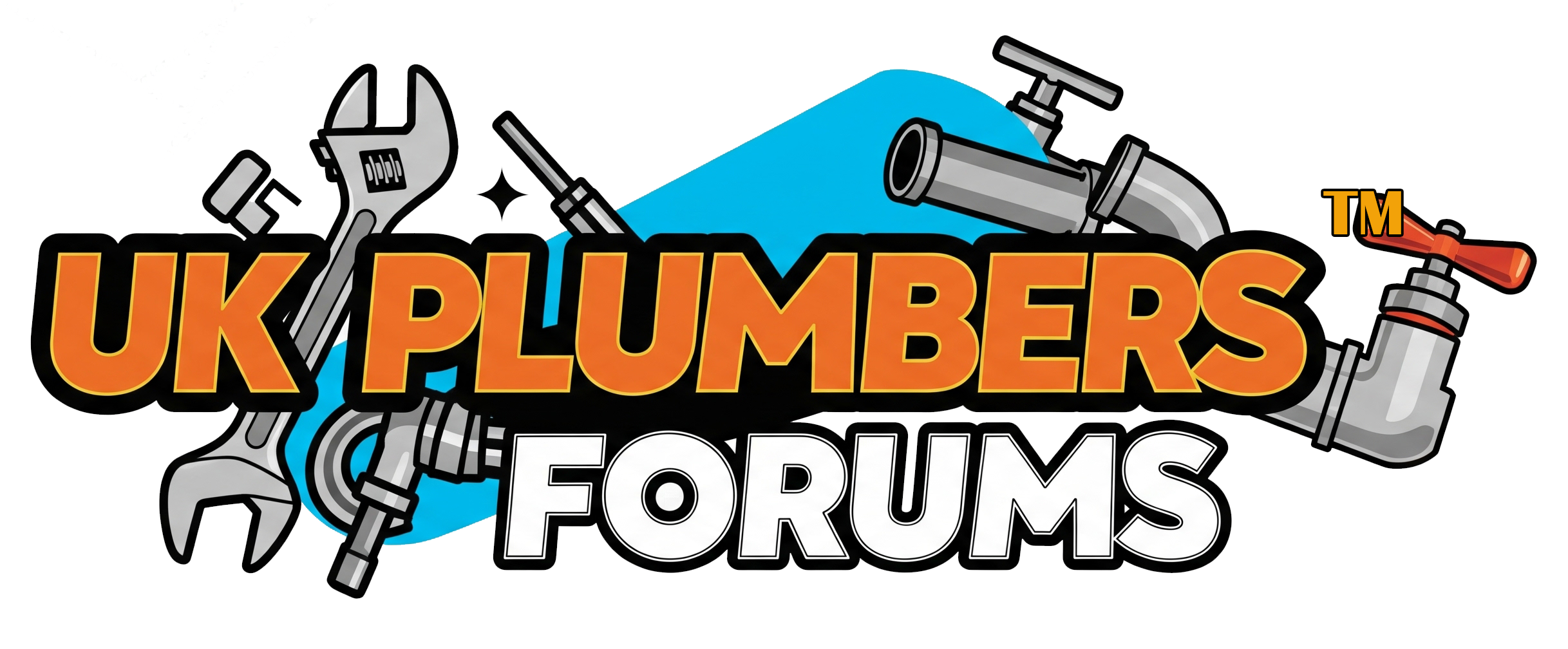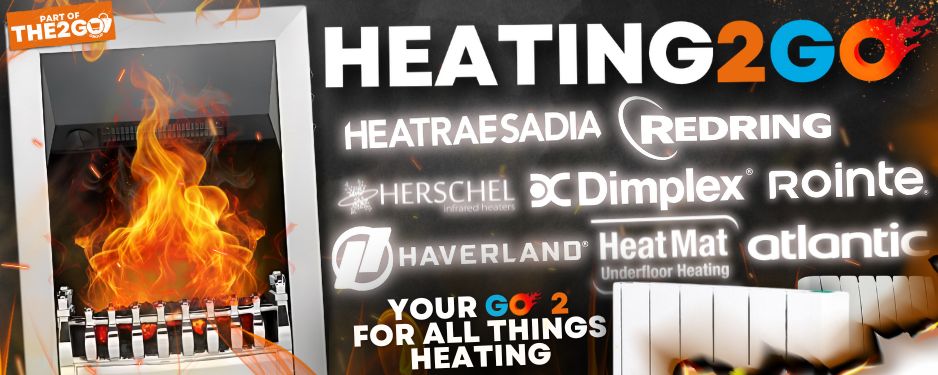Starting with the restrictor plate in the flue. This is normally a plate that slides across the bottom of the flue inlet to optimise the “pull” from the flue on the boiler. The pull on the flue ( if you can measure it ) for a vaporising burner should be less than -1 mm H2O but not more than -1.5mm H2O. The plate you describe has probably been custom made to give those conditions rather than adjusting the restrictor plate. That is not unusual - it is a one time setting normally.
Thanks. I've had that plate out, cleaned it and put it back several times during services as I always check the flue box as part of my service. I've never been particularly accurate in how I put it back (not to the mm type accuracy) so it's in basically the same place it's always been. One less potential cause I think.
I assume that when you had the “engineers” out they measured the boiler draught? You cannot do that yourself - unless you have the equipment!
I wasn't in the room with them all the time, but I don't think they did anything like that. They didn't mention it anyway. They just took the burner out, scraped it a bit, put fresh wicks in (I think), vacuumed around the chamber and fluebox and that was that. As far as I know. I clearly need to get myself some more technical engineers.
For the flue, check for spillage using a match test all around the spigot, joints and restrictor (if fitted).
Done. Match was steady all around, good draw in through the air inlet. There's no sign of any actual draught, even from the hob and chamber door where the smell is coming from.
Check all the door seals on the range - thay must all be tight fitting and not pass air in either direction.
The hob seal is new(ish), the burner chamber door doesn't have a seal and never has had. There's not even a place for one to go as far as I can tell.
Also may be worth rechecking that the burner shells are all undamaged and seated properly - they should be a tight fit into the burner to be as airtight as possible.
Done. Measured them with a flat-plate. They're completely flat at the base. The engineer mentioned possibly using exhaust sealant paste if the problem continued, but I'm reluctant to do that as it's obviously never needed it in the past.
Apologies, I have no real immediate advice - I think that you now just need to work through the complete basic set up of the range to ensure that it is all correctly configured. I appreciate that you probably do not need it, but the starting point is always a flue clean
Not at all, you've been really helpful, I greatly appreciate it. The flue clean is booked in (over a month off though, our sweep is very popular at this time of year), so I'll just have to wait for that and go from there.
Thanks again for your help.


